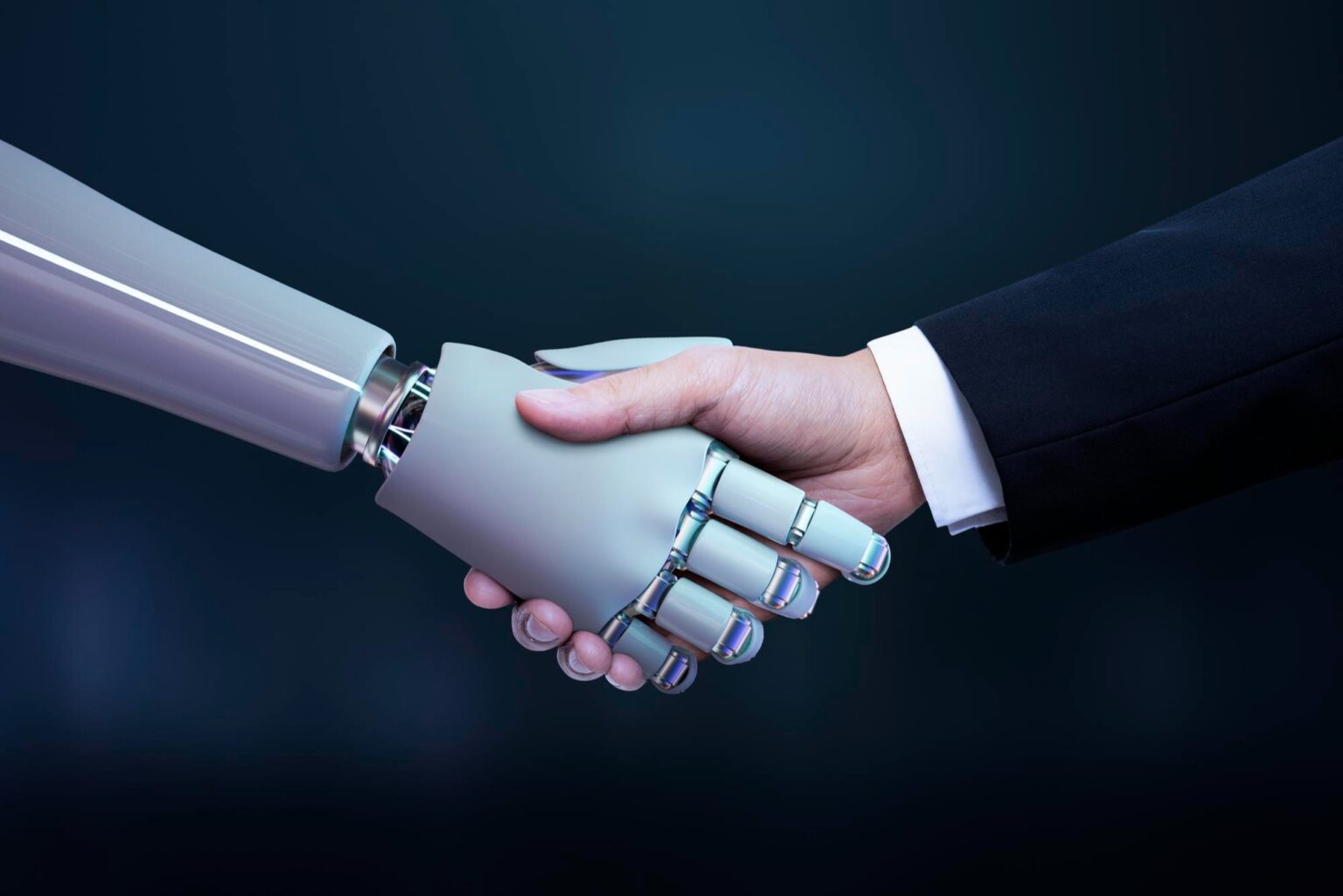Artificial Intelligence (AI) has the potential to revolutionize various aspects of organizations, and Chief Information Officers (CIOs) can play a crucial role in harnessing AI to drive innovation and efficiency. Here are some ways CIOs can leverage AI:
Strategic AI Adoption: CIOs should have a strategic approach to AI adoption, understanding the organization’s needs and identifying areas where AI can bring the most value. This involves evaluating existing processes, workflows, and data to determine where AI technologies, such as machine learning, natural language processing, and computer vision, can be applied to automate tasks, improve decision-making, and enhance customer experiences.
Data Management and Analytics: AI relies heavily on data, and CIOs should ensure that the organization has a robust data infrastructure in place. This includes implementing data governance processes, data quality measures, and data integration capabilities to ensure accurate and reliable data for AI algorithms. CIOs can also leverage AI-powered analytics tools to derive actionable insights from large volumes of data, enabling data-driven decision-making across the organization.
Intelligent Automation: CIOs can leverage AI to automate repetitive and mundane tasks, freeing up employees’ time to focus on more strategic and value-added activities. Through robotic process automation (RPA) and AI-driven intelligent automation, organizations can streamline workflows, reduce errors, and improve operational efficiency. CIOs should identify processes that can benefit from automation and work with relevant stakeholders to implement AI-powered automation solutions.
Enhanced Customer Experiences: AI can significantly enhance customer experiences by providing personalized and proactive interactions. CIOs can leverage AI technologies like chatbots, virtual assistants, and recommendation systems to deliver personalized customer support, offer tailored product recommendations, and enable seamless self-service experiences. By leveraging AI to understand customer preferences and behaviors, organizations can improve customer satisfaction and loyalty.
Cybersecurity and Threat Detection: CIOs can harness AI to strengthen cybersecurity defenses and detect advanced threats. AI-powered security solutions can analyze vast amounts of data, identify patterns, and detect anomalies that may indicate potential security breaches. By leveraging AI for threat intelligence, behavioral analysis, and automated response, organizations can enhance their cybersecurity posture and mitigate risks.
Innovation and Research: CIOs can foster innovation within the organization by investing in AI research and development. This includes exploring emerging AI technologies, collaborating with academia and research institutions, and participating in industry consortia to stay at the forefront of AI advancements. CIOs can drive innovation by identifying new AI use cases, piloting proof-of-concept projects, and nurturing a culture of experimentation and learning.
Ethical and Responsible AI: As AI becomes more prevalent, CIOs should prioritize ethical and responsible AI practices. This includes ensuring fairness, transparency, and accountability in AI algorithms and decision-making processes. CIOs should establish governance frameworks, ethical guidelines, and mechanisms for auditing and monitoring AI systems to mitigate biases and ensure that AI is used in a responsible and ethical manner.
Partnerships and Collaboration: CIOs can leverage external partnerships and collaborations to accelerate AI adoption. This includes collaborating with AI technology providers, startups, research organizations, and industry peers. By leveraging external expertise, CIOs can access AI talent, stay updated on the latest AI trends, and explore innovative AI solutions that align with their organization’s needs.
In summary, CIOs can harness AI to drive innovation and efficiency by adopting a strategic approach to AI adoption, focusing on data management and analytics, leveraging intelligent automation, enhancing customer experiences, strengthening cybersecurity, fostering innovation, promoting ethical AI practices, and leveraging partnerships. By embracing AI technologies and integrating them into the organization’s digital strategy, CIOs can unlock the full potential of AI and drive transformative change.



